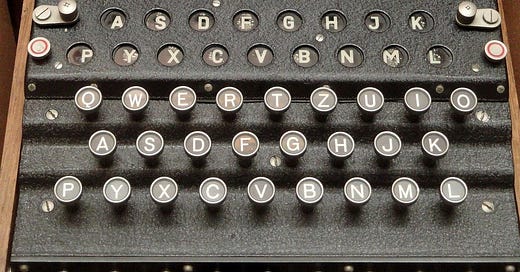One of the most exciting moments in a nonfiction writer’s life is landing a story assignment. No matter how exciting, though, whether you’re a rookie writer or one with scores of published articles, it’s critical that you and your editor see eye-to-eye on how you’ll execute the assignment.
Most editors are conscientious about providing clear assignment directions. No editor wants an article that the writer has undoubtedly worked hard on, only to find it was written in a format or style that won’t work for that publication. Some editors will send the assignment back to you for revision; some will undertake the revisions themselves; some will simply move on, paying you a nominal “kill fee” (if that was included in your contract) and sidelining your piece.
There’s a simple way to avoid this fate: review your story assignment early. In this issue of the newsletter I’ll share tips for decoding both your story assignment and the publication for which you are writing.
Be Prepared: Get To Know Your Target Publication
Your acquaintance with the target publication should have begun during the research of your article query. However, it’s never too late, and you can always get to know a publication better as you prepare to study the story assignment. Some of the easiest ways to do this include:
Get your hands on the writer’s guidelines for your publication. Sometimes they are easy to find on the publication’s website. If you are looking for a home for an article pitch and want to check out writer’s guidelines to see if your idea is a good fit, this helpful website links to writer’s guidelines for more than 700 publications.
Even if the publication’s website doesn’t have writer’s guidelines and doesn’t allow access to all its articles, you can still learn a lot about a publication by reviewing tables of contents for back issues. A table of contents listing can tell you:
What content is in the “front of the book” and “back of the book” - these columns, short articles and other sections often showcase the personality of the publication and support the main articles.
How many articles they publish per issue and preferred formats (interview/profile, Q&A, essays, investigative reports, etc.).
If most of the content is being written by staff or contributing freelancers, or if the magazine is comfortable working with new freelancers on a regular basis.
You can also check to see if the publication has a listing in the latest edition of Writer’s Market. While many publications don’t list with Writer’s Market, those that do provide pinpointed advice, directly from the editor’s pen, that describes their typical reader, the types of submissions or query letters they accept, and anticipated response times to submissions and queries.
Assignment Discussion Checklist: Your Secret Decoder Ring!
How can you be sure you actually understand the assignment you’ve been given? I developed the following handy checklist to guide conversations about an assignment. If the editor doesn’t cover these topics, use this list to seek clarity.
The Basics: Are you clear about the story’s deadline, word length, pay rate, kill fee, the section the article is appearing in, and what type of story it is (profile, explanatory feature, etc.)?
The Angle: The angle is what differentiates this assigned story from any other story you might write on this topic. Are you clear on what your editor wants? Are you free to research the topic further and suggest angles?
Sources: Is the editor supplying you with contact information for specific interviewees, associations, or organizations that might yield appropriate sources? If not, are you required to clear potential sources with the editor before contacting them for an interview? To what degree should you work with a source’s publicist to set up interviews, gather research information, etc.?
Background information: If the editor has a set structure in mind for the piece, can they provide links to parallel stories, esp. in their publication? Are there previous stories in the magazine you should read for reference (especially if this is a story about a topic or a source the magazine covers frequently) ?
No-No’s: Are there any deal-breakers for you or the editor that will cause one of you to walk away from the assignment (i.e., missing deadline without warning, endless revisions without additional pay)? What does your contract say about pay for a “failed” assignment (i.e., one where the article will never see the light of day)? For custom, corporate, or institutional publications, clarify any policy danger zones (topics that must be approached a certain way, protocol for contacting VIPs).
Follow-up communication: How does your editor prefer to connect -- on the phone, via email, text, or instant message? What is the preferred communication avenue if you need them to make an urgent decision about the story?
Before you put a word on the page for your new assignment, be sure you and your editor are visualizing the same end product. Your discussions on the story assignment are like a sketch on the back of a cocktail napkin, demonstrating you’re working toward the same basic model.
That’s it for this issue! Until next time, wishing you long days and pleasant nights.




